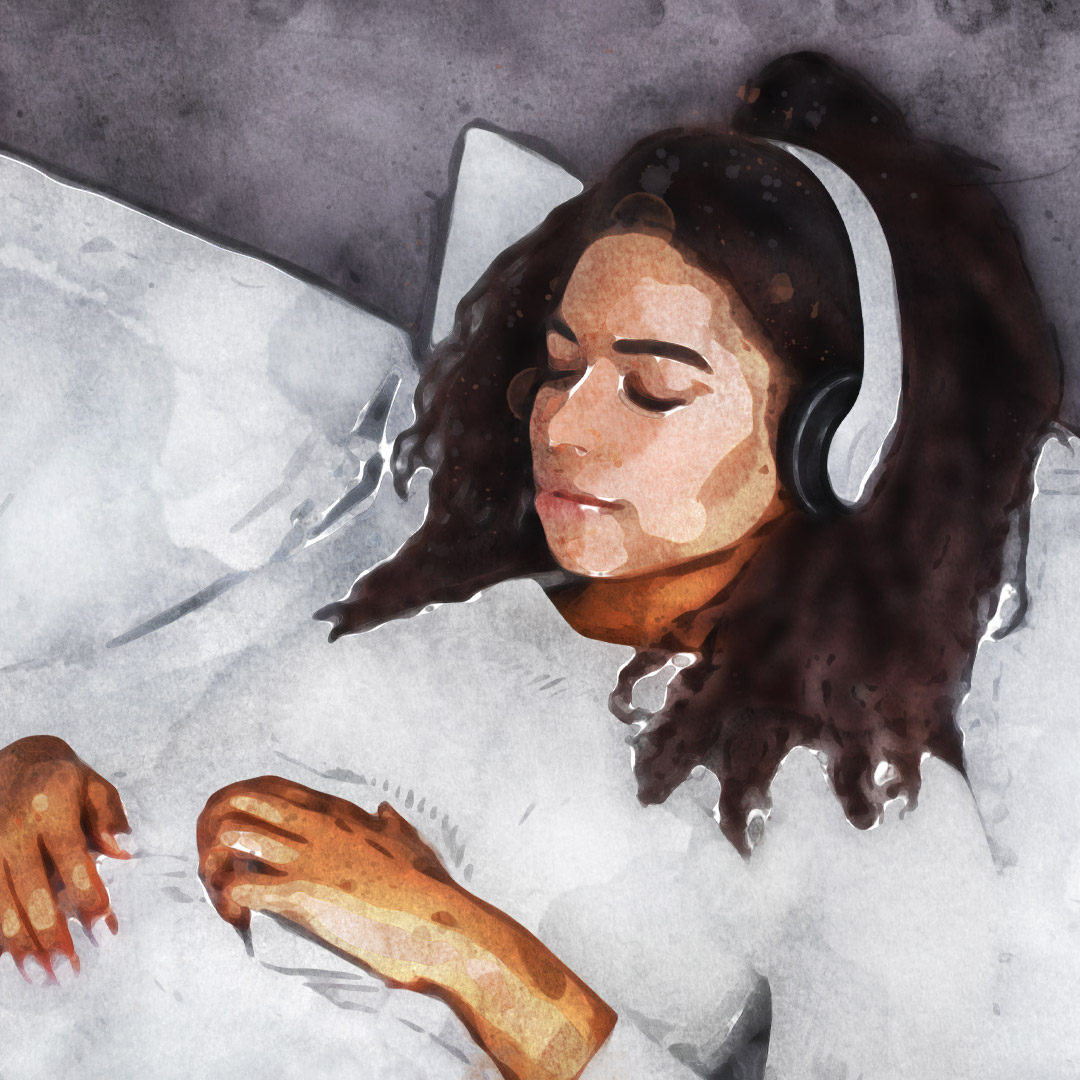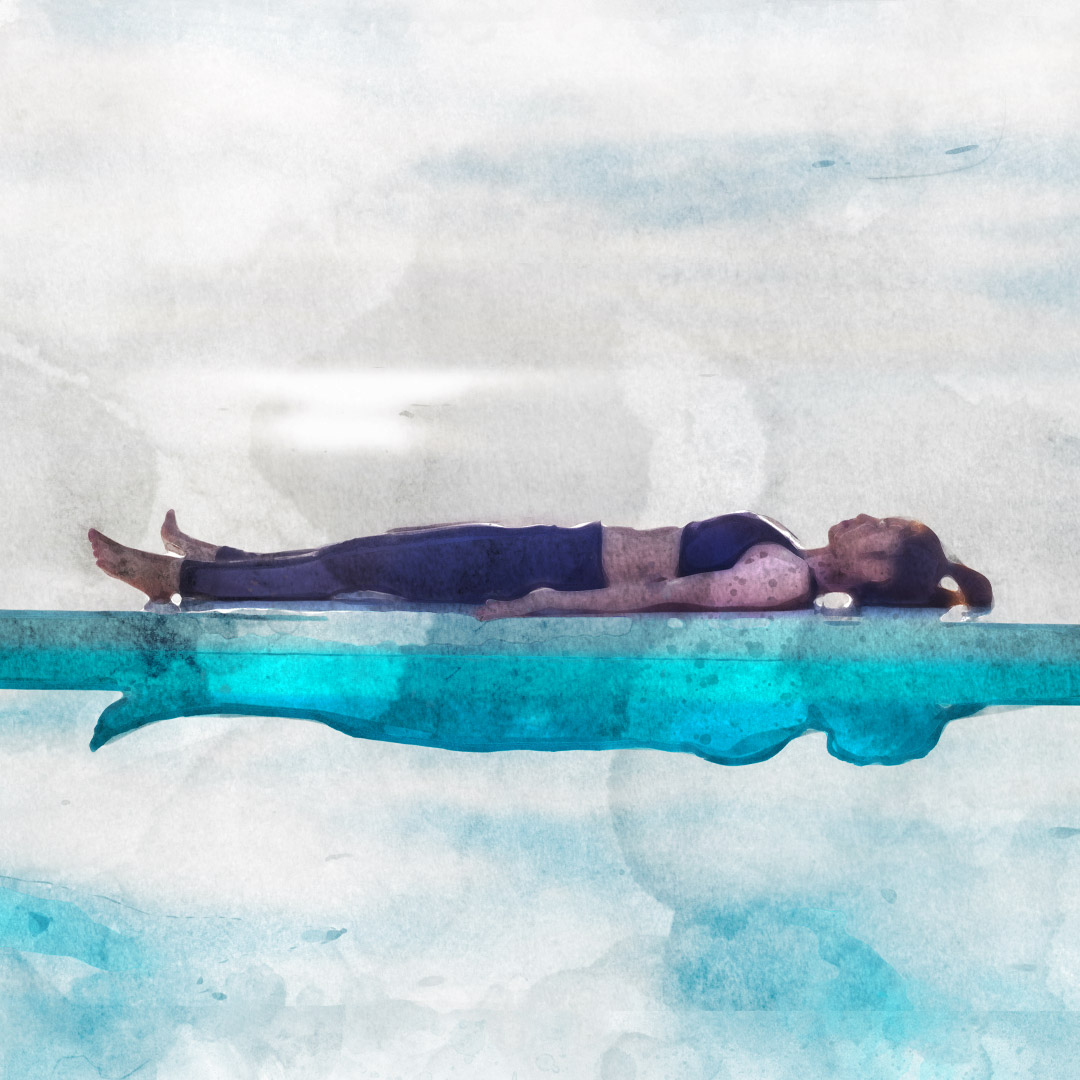We are exposed to multiple and diverse challenges that are demanding our adjustment each day. With surging pressures and heightened anxiety and stress levels, many people are experiencing sleep disturbances and disorders.
Irrespective of what condition you are in, good quality sleep continues to be a vital health practice. Unsatisfactory sleep is growing into a huge problem which needs immediate recognition and intervention.
Benefits of getting good quality sleep on a daily basis
- Improved energy levels, both physical and mental
- Increased concentration and attention levels
- Elimination of toxins from brain and body
- Decreased anxiety and restlessness
- Enhanced positive feelings, such as happiness, confidence and optimism
- Increased work productivity
- Prevention of digestive and cardiovascular diseases
- Efficient immune functions
- Enhanced skin and hair quality
- Alleviates symptoms of mental health issues
Meditations and yoga that help in getting more restful sleep
- Diaphragmatic Breathing: Belly Breathing is the easiest way to evoke relaxation response. This exercise has been found to reduce anxiety, irritability, muscle tension, headaches, fatigue and depressive symptoms. Deep breathing facilitates the availability and transportation of oxygenated blood to all parts of the body and reduces cardon dioxide levels in the blood. Practice this breathing exercise 3 times a day for 5-10 minutes.
- Progressive Muscle Relaxation: PMR is a deep relaxation technique that aids in relaxing muscles using a two-step process of tensing and relaxing the muscles. It can be practiced while lying down or seated in a chair. This relaxion technique involves tensing and relaxing of muscles in toes and slowly and progressively working up to neck and forehead, or you can start with forehead and move down to toes. It is known to effectively relieve stress, anxiety symptoms and help in managing insomnia. This practice should be employed once or twice per day, especially before bedtime for best results.
- Visualization or Guided Imagery: Positive thinking and imagination can significantly reduce stress, anxiety, depressive symptoms and sleep problems. To begin with, you may want to find a quiet place, close your eyes, and focus on your breathing. This method takes about 6-10 minutes. Mental images of your most favourite serene place using as many senses as you possibly can such as smell, taste, touch, sight and sound, can help in relaxing instantly.
- Palming or Eye Relaxation: It is a yogic relaxation exercise that focuses on reducing eye strain and mental fatigue. Start by rubbing your hands to warm them up. Place your palms over closed eyelids and breathe using your diaphragm muscles. Do not put any pressure on eyelids and continue the process for 2-3 minutes. This can be practiced several times a day or just before bed.
- Non-Sleep Deep Rest (NSDR) or Yoga Nidra: This is a powerful way to deeply relax your body and mind. It is a type of guided meditation that induces a state of consciousness between sleep and wakefulness. In order to practice yoga nidra one has to find a place with no distractions. Short nidra practice will take upto 15 minutes. It is known to slow down brain waves, quite similar to what happens during the third stage of N-REM sleep/ deep sleep. NSDR/Yoga nidra activates the parasympathetic nervous system and decreases body’s stress response. It also alleviates anxiety, restlessness, enhances focus and clarity, improves cognitive function and sleep quality. Yoga nidra is known to be an innovative approach in managing chronic insomnia.
- Mindful Yoga: Tratak (Sanskrit word for gaze/look) kriya is a mindfulness (practice of being fully aware and present in the ongoing moment) technique that is effective in reducing headaches, mental strain and sleep disturbances. Anxious thoughts are one of the main reasons for sleep disturbances. This practice also aids in reducing mental distractions and racing thoughts as it wants the practitioner to gaze at an object continuously. The object in consideration could be a flame of a lamp/candle, a picture on wall or a black dot on the wall. When we focus on one thing in front of us without moving our body, our mind becomes calm and this practice will enable us to achieve exactly the same, that is- an anchored mind and a stable restful body.
- Child’s Pose: This is another extremely beneficial and a great bedtime stretch which is very easy to practice. Balasana helps you unwind instantly, it also massages the abdominal and back muscles, releases tension in chest, shoulders, arms and fingers, lowers blood pressure and soothes your mind ensuring good quality sleep. In addition to this you can also try knee-to-the-chest stretch, supine twist and sphinx pose for added benefits.
- Legs up the wall (Viparita Karani): It is a great restorative yoga pose that facilitates sleep. The stretched legs and feet and deep breathing will help calm the body and mind simultaneously. In addition, the blood circulation to lymph nodes is improved, lymph nodes are known to detoxify body and support immune system in fighting infections and diseases. This pose can also help in relaxing cramped muscles, backaches and relieves stress and anxiety. It can be practiced for 6-10 minutes before bed to ensure complete relaxation.
Choose whichever meditation that best suits you and incorporate it in your daily schedule. A regular bedtime meditation routine will not only improve sleep quality but also enhance your overall health and experience of life.






